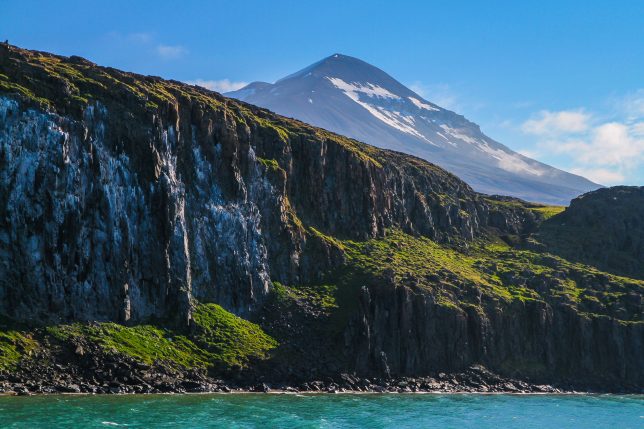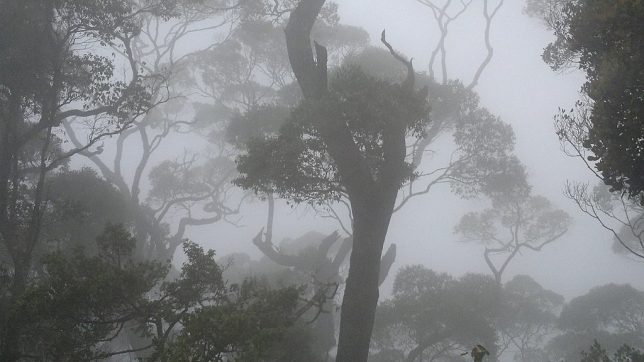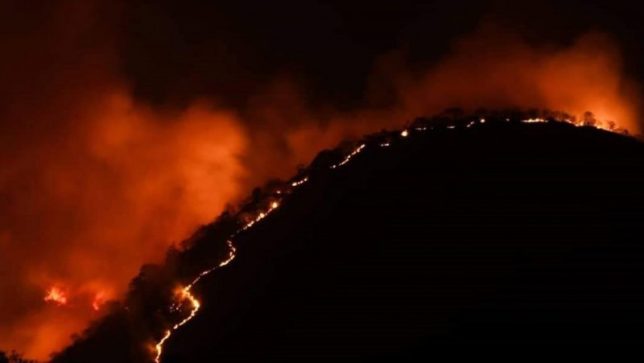Arctic heating is happening far faster than anybody had anticipated. And the ice record suggests this has happened before.
September 2, 2020 by Tim Radford, Climate News Network (CC BY-ND 4.0)

LONDON, 2 September, 2020 – An international team of scientists brings bad news about Arctic heating: the polar ocean is warming not only faster than anybody predicted, it is getting hotter at a rate faster than even the worst case climate scenario predictions have so far foreseen.
Such dramatic rises in Arctic temperatures have been recorded before, but only during the last Ice Age. Evidence from the Greenland ice cores suggests that temperatures rose by 10°C or even 12°C, over a period of between 40 years and a century, between 120,000 years and 11,000 years ago.
“We have been clearly underestimating the rate of temperature increases in the atmosphere nearest to the sea level, which has ultimately caused sea ice to disappear faster than we had anticipated,” said Jens Hesselbjerg Christensen, a physicist at the University of Copenhagen in Denmark, one of 16 scientists who report in the journal Nature Climate Change on a new analysis of 40 years of data from the Arctic region.
They found that, on average, the Arctic has been warming at the rate of 1°C per decade for the last four decades. Around Norway’s Svalbard archipelago, temperatures rose even faster, at 1.5°C every 10 years.
We have been clearly underestimating the rate of temperature increases in the atmosphere nearest to the sea level, which has ultimately caused sea ice to disappear faster than we had anticipated.”
—Jens Hesselbjerg Christensen, Physicist, University of Copenhagen
During the last two centuries, as atmospheric levels of carbon dioxide climbed from an average of around 285 parts per million to more than 400ppm, so the global average temperature of the planet rose: by a fraction more than 1°C.
The latest study is a reminder that temperatures in the Arctic are rising far faster than that. And the news is hardly a shock: within the past few weeks, separate teams of researchers, reporting to other journals, have warned that Greenland – the biggest single reservoir of ice in the northern hemisphere – is melting faster than ever; more alarmingly, its icecap is losing mass at a rate that suggests the loss could become irreversible.
Researchers have also confirmed that the average planetary temperature continues to rise inexorably, that the Arctic Ocean could be free of ice in summer as early as 2035, and that the climate scientists’ “worst case” scenarios are no longer to be regarded as a warning of what could happen: the evidence is that what is happening now already matches the climate forecaster’s worst case. The latest finding implicitly and explicitly supports this flurry of ominous observation.
“We have looked at the climate models analysed and assessed by the UN Climate Panel,” said Professor Christensen. “Only those models based on the worst case scenario, with the highest carbon dioxide emissions, come close to what our temperature measurements show over the past 40 years, from 1979 to today.” – Climate News Network


